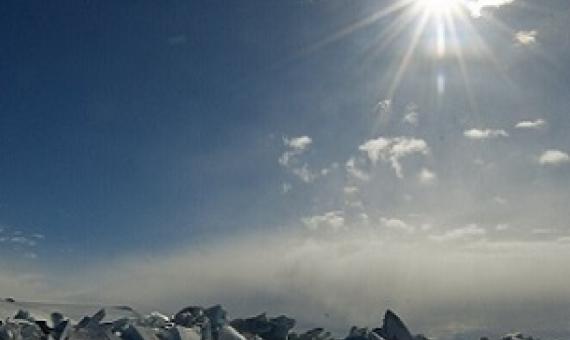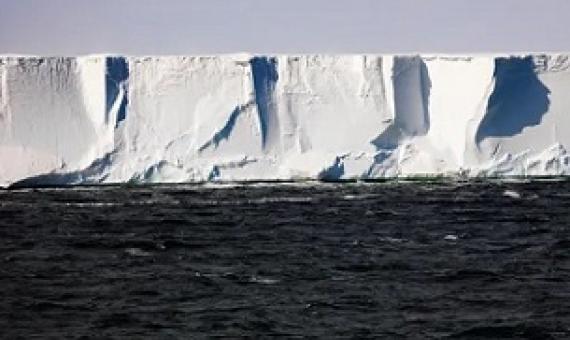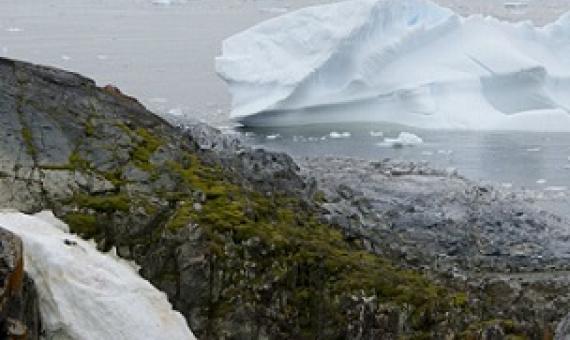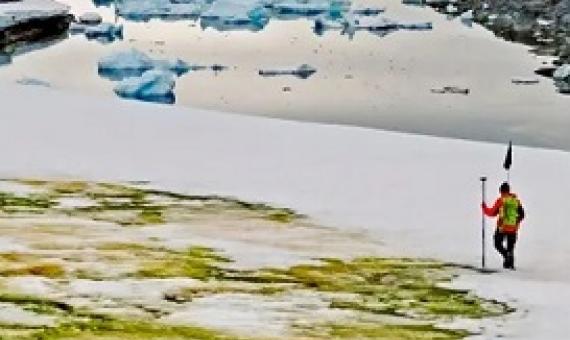Polynesian seafarers likely reached Antarctica hundreds of years before the Western explorers usually credited with discovering the frozen continent, a new study has concluded.
Melting of the Antarctic ice sheet will cause sea level rises of about two and a half metres around the world, even if the goals of the Paris agreement are met, research has shown.
Our study, published today in Nature, seeks to change that. Using a new "ecological informatics" approach, we've drawn together every available recorded visit by humans to the continent, over its 200 year history.
Researchers map ‘beginning of new ecosystem’ as algae bloom across surface of melting snow...Scientists have created the first large-scale map of microscopic algae on the Antarctic peninsula as they bloom across the surface of the melting snow, tinting the surface green and potentially creating a










